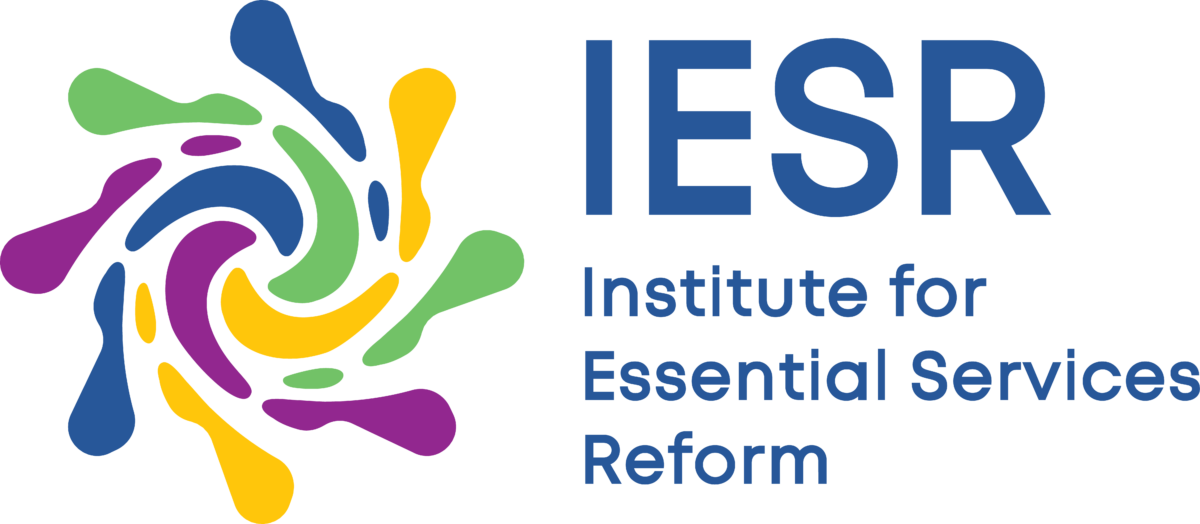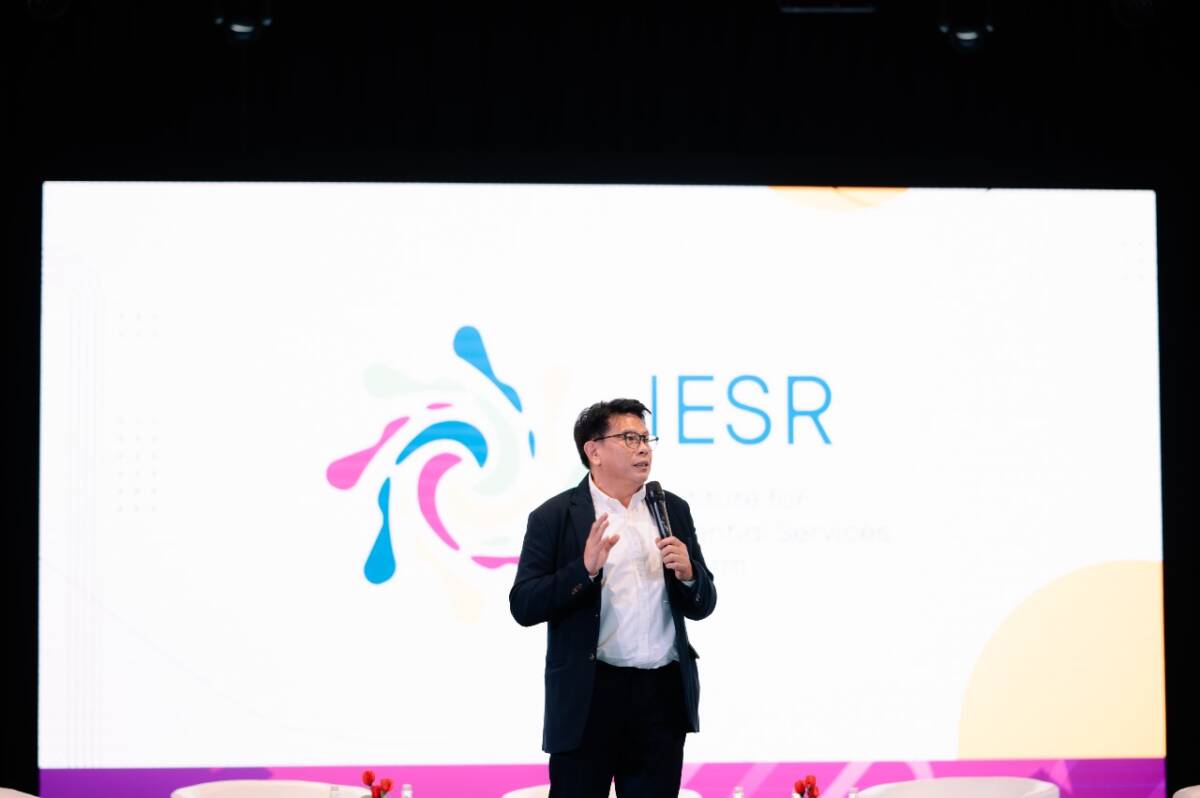Jakarta, August 1, 2025 – Geothermal energy is one of the world’s renewable energy sources with potential for further development. A report by the International Energy Agency (IEA) states that by 2024, geothermal power plants will contribute 1% of global energy needs. In the same report, the IEA stated that geothermal energy could supply approximately 15% of global energy needs. This means that geothermal development can still be optimized.
Fabby Tumiwa, Chief Executive Officer (CEO) of the Institute for Essential Services Reform (IESR), stated in a webinar entitled “Benefits and Opportunities of Geothermal Energy for Society: Economic, Social, and Environmental,” organized by the Indonesia Center for Renewable Energy Studies (ICRES) in collaboration with the Institute for Essential Services Reform (IESR), that to achieve the optimal role of geothermal energy, as projected by the IEA, 800 GW of geothermal capacity needs to be developed.
However, Fabby highlighted the potential complexity of the issues and risks that will arise, for example, if the Indonesian government plans to encourage the optimization of geothermal energy use.
“In the past 10 years, geothermal projects in Indonesia have frequently triggered social and land use conflicts. This often leads to resistance from communities, both in those locations and in other potential geothermal development locations,” said Fabby.
The IESR encourages transparent communication with local residents from the outset and seeks the best schemes for local ownership of geothermal projects. Partnership schemes with Village Cooperatives could be worth exploring.
Furthermore, the use of direct geothermal heat for economic activities such as drying agricultural produce needs to be socialized to enhance understanding of the various uses of geothermal energy.

